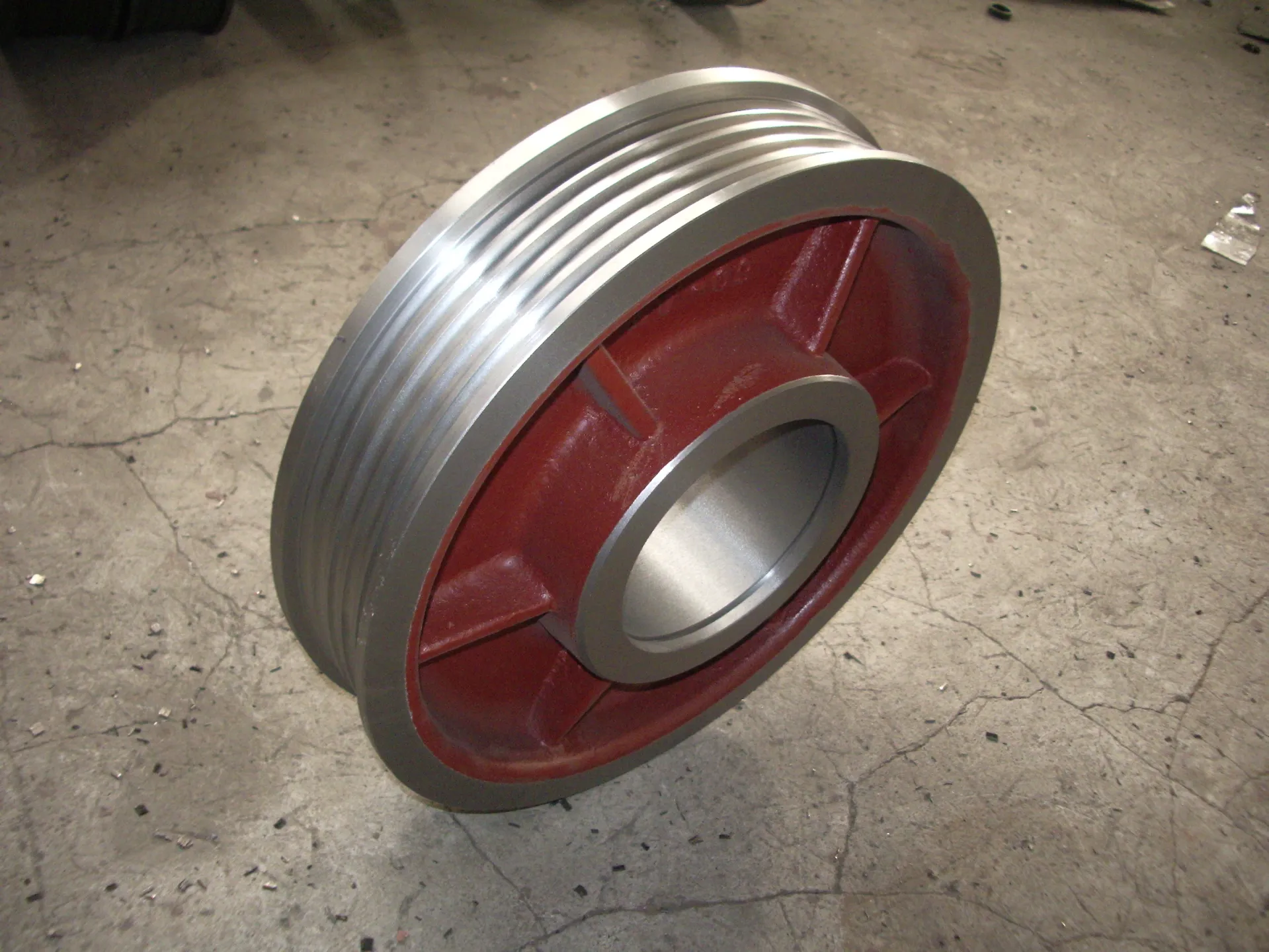Mobile:+86-311-808-126-83
Email:info@ydcastings.com
Innovative Techniques in Aluminum Die Casting Molding for Enhanced Manufacturing Efficiency
Exploring Aluminum Die Casting Molding An Essential Manufacturing Process
Aluminum die casting molding is a manufacturing process that enables the production of complex and precise metal components with exceptional surface finish and dimensional accuracy. This technique has gained immense popularity across various industries, including automotive, aerospace, electronics, and consumer goods, due to its numerous advantages, such as high productivity, cost-efficiency, and the ability to create lightweight parts.
The Die Casting Process
The die casting process involves injecting molten aluminum into a mold under high pressure. The molds, typically made of steel, are designed to withstand the high pressures involved and can be reused for multiple production cycles. There are two primary types of die casting methods hot chamber and cold chamber die casting.
In hot chamber die casting, the melting and injection of aluminum occurs in a single machine. This method is suitable for alloys with lower melting points, such as zinc. On the other hand, the cold chamber method involves pouring molten aluminum into a separate chamber before it is injected into the mold. This technique is ideal for higher melting point alloys, including aluminum, and is commonly used for producing large and complex parts.
Advantages of Aluminum Die Casting
One of the most significant advantages of aluminum die casting is its ability to produce lightweight components that do not sacrifice strength. Aluminum is known for its excellent strength-to-weight ratio, making it an ideal choice in industries where reducing weight is critical, such as automotive and aerospace. Additionally, aluminum die casting allows for intricate designs that can reduce the need for additional machining processes, which not only saves time but also costs.
Moreover, the surface finish of die-cast aluminum parts is often superior to those produced by other manufacturing processes. The smooth surfaces not only enhance aesthetic appeal but also provide functional benefits, such as reduced friction and improved durability.
aluminum die casting molding

Applications Across Industries
Aluminum die casting is employed in a wide range of applications. In the automotive industry, it is used to manufacture engine blocks, transmission cases, and other structural components, contributing to lightweight designs that improve fuel efficiency. In aerospace, aluminum die casting is utilized for producing critical parts like brackets, housings, and support structures that require both strength and low weight.
The electronics sector also benefits from aluminum die casting, as it allows for the production of heat sinks, housings, and enclosures that enhance the performance and longevity of electronic devices. Additionally, consumer products such as kitchen utensils, furniture, and decorative items frequently utilize die cast aluminum due to its versatility and aesthetic quality.
Challenges and Considerations
Despite its numerous advantages, aluminum die casting does come with challenges. The initial cost of creating molds can be high, particularly for complex designs. However, this initial investment is typically offset by reduced production costs over time due to the ability to produce large quantities of parts quickly and efficiently.
Another consideration is the potential for defects, such as porosity and inclusions, due to the presence of gases and contaminants in the molten aluminum. Advanced techniques and equipment, including vacuum die casting and alloy refinement, are often employed to mitigate these issues and enhance the quality of the final product.
Conclusion
Aluminum die casting molding is a pivotal manufacturing process that provides numerous advantages, including the production of lightweight, precise, and aesthetically appealing components. With its broad range of applications across various industries, this method continues to evolve, incorporating technological advancements that further enhance its efficiency and effectiveness. As industries strive for innovative solutions to meet growing demands, aluminum die casting will undoubtedly play a critical role in shaping the future of manufacturing.
-
Why Should You Invest in Superior Pump Castings for Your Equipment?NewsJun.09,2025
-
Unlock Performance Potential with Stainless Impellers and Aluminum End CapsNewsJun.09,2025
-
Revolutionize Your Machinery with Superior Cast Iron and Aluminum ComponentsNewsJun.09,2025
-
Revolutionize Fluid Dynamics with Premium Pump ComponentsNewsJun.09,2025
-
Optimizing Industrial Systems with Essential Valve ComponentsNewsJun.09,2025
-
Elevate Grid Efficiency with High-Precision Power CastingsNewsJun.09,2025











